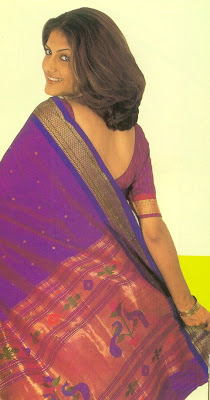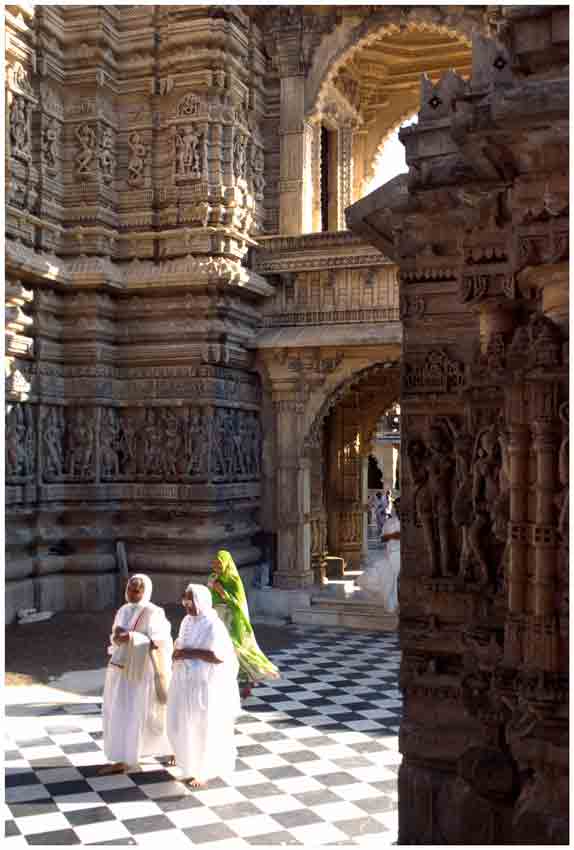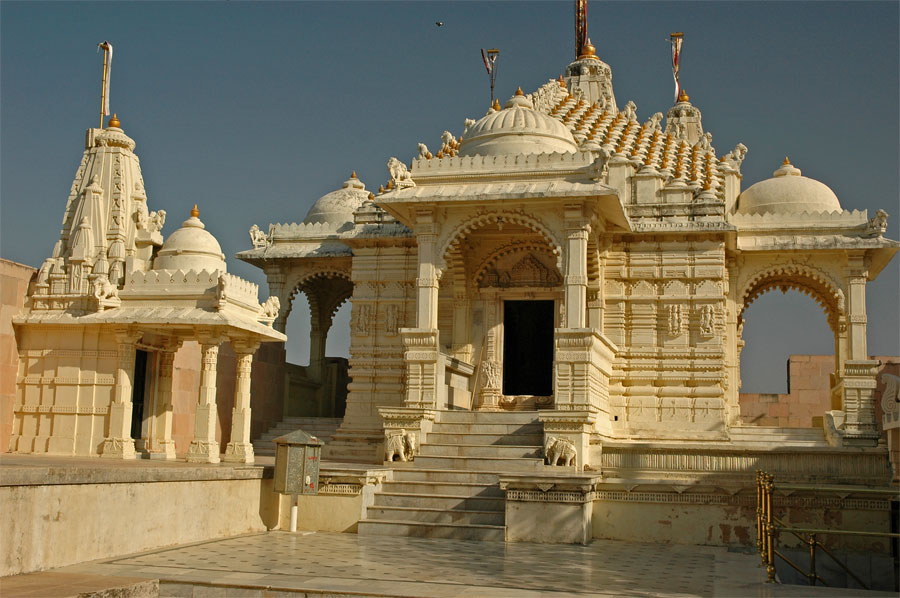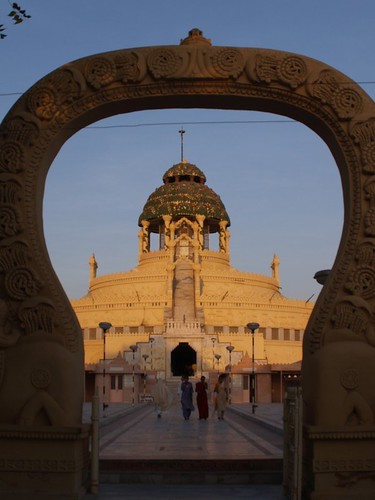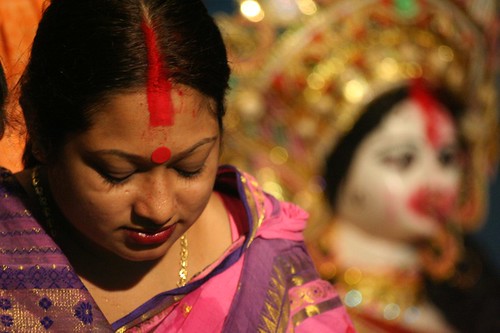John McLaughlin's Shakti was (and still is) a musical marvel like no other, blending Indian elements with the finest in-the-moment spontaneity of true jazz. Having been a disciple of a famous Indian yogi Shri Chinmoy and delving into Indian philosophy for years, John did what any genius would do: he mastered the classical Indian style. Along with virtuoso tabla player Zakir Hussain, gifted L. Shankar, and master ghatam player T.H. Vinyakaram, John gave life to a style of music that had basked in virtuosity and intensity secretly for centuries. All said and done the whole concept behind Shakti is Indian. If one would explore Indian classical music more it would become apparent that there is hardly any other music on the face of this earth that is so evolved in its present form. Sadly few musicians from the west have delved enough into that music form. Hats off to John Mc laughlin who has.
Simply put, Shakti is one of the most originally brilliant and technically superior groups ever assembled.
"Joy", is incredible. John McLaughlin - guitar, Zakir Hussain - tabla, L.Shankar - violin, T.H. "Vikku" Vinayakram - ghatam. Shakti, Montreux Jazz Festival, 1976, "Joy" -
Pt.1:
Pt 2:
























